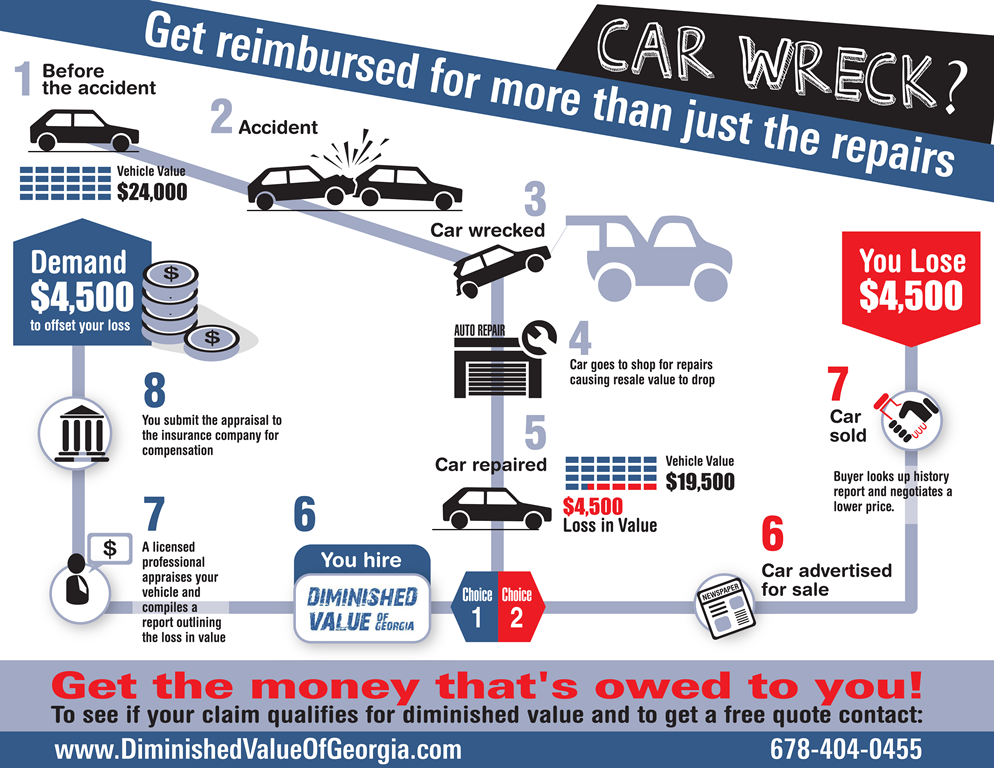Translating Your Auto'S Alert Lights: Their Real Implications
Translating Your Auto'S Alert Lights: Their Real Implications
Blog Article
engine bay cleaner nz -Termansen Stark
When you lag the wheel, those radiant caution lights on your dashboard can be a little bit bewildering. Do you recognize what they're trying to tell you about your auto's wellness? Recognizing the relevance of these lights is essential for your security and the durability of your automobile. So, the following time among those lights appears, would not you want to decipher its message accurately and take the necessary steps to address it?
Common Caution Lights and Interpretations
Determine typical warning lights in your cars and truck and recognize their definitions to guarantee secure driving.
The most regular caution lights consist of the check engine light, which indicates problems with the engine or exhausts system. If this light comes on, it's critical to have your automobile checked quickly.
The oil stress alerting light indicates reduced oil stress, calling for instant attention to stop engine damage.
A blinking battery light might suggest a malfunctioning charging system, potentially leaving you stranded if not dealt with.
https://mobiletireservicenearme49616.blog-eye.com/31314910/personal-experience-changing-my-clunker-with-a-weekend-break-explaining-session monitoring system (TPMS) light notifies you to low tire pressure, influencing car security and fuel performance. Ignoring this might result in hazardous driving problems.
The abdominal light shows a problem with the anti-lock braking system, jeopardizing your ability to quit swiftly in emergencies.
Lastly, the coolant temperature level warning light warns of engine getting too hot, which can lead to extreme damages otherwise dealt with promptly.
Understanding these typical caution lights will certainly aid you deal with concerns quickly and maintain secure driving conditions.
Value of Prompt Focus
Understanding the typical warning lights in your cars and truck is just the very first step; the relevance of promptly dealing with these warnings can not be emphasized sufficient to ensure your security on the road.
When a caution light brightens on your control panel, it's your auto's means of interacting a potential problem that requires interest. Neglecting these cautions can result in much more extreme troubles in the future, compromising your safety and potentially costing you much more in repairs.
Prompt interest to warning lights can avoid break downs and mishaps. For example, a flashing check engine light can indicate a misfire that, if left ignored, could create damage to the catalytic converter. Addressing this without delay can conserve you from a pricey repair work.
Similarly, a brake system alerting light might indicate low brake fluid or worn brake pads, important elements for your safety and security when driving.
DIY Troubleshooting Tips
If you discover a warning light on your control panel, there are a few DIY repairing tips you can attempt before looking for professional aid.
The primary step is to consult your auto's manual to understand what the specific caution light shows. Sometimes the concern can be as simple as a loose gas cap causing the check engine light. Tightening up the gas cap might deal with the trouble.
Another common problem is a reduced battery, which can set off different advising lights. Examining the battery connections for deterioration and ensuring they're safe and secure might deal with the problem.
If a warning light continues, you can try resetting it by separating the automobile's battery for a couple of mins and then reconnecting it. Furthermore, examining Recommended Internet page , such as oil, coolant, and brake fluid, can assist fix cautioning lights connected to these systems.
Final thought
In conclusion, recognizing your automobile's warning lights is necessary for keeping your vehicle running efficiently and securely. By without delay dealing with these alerts and recognizing what they indicate, you can prevent pricey repair services and prospective malfunctions.
Remember to consult your car's manual for particular information on each cautioning light and take action as necessary to make sure a hassle-free driving experience.
Stay notified, remain risk-free when traveling!
